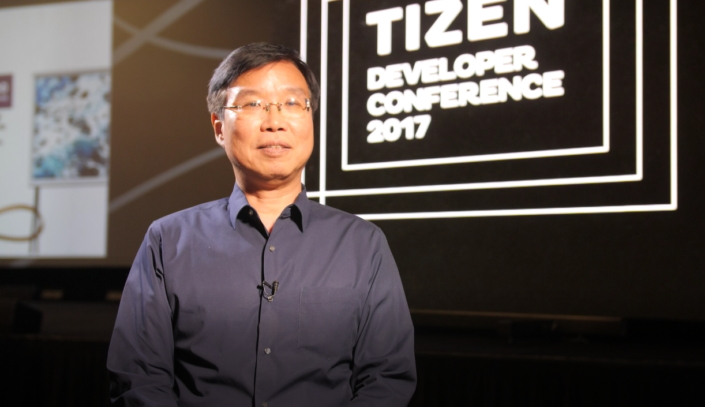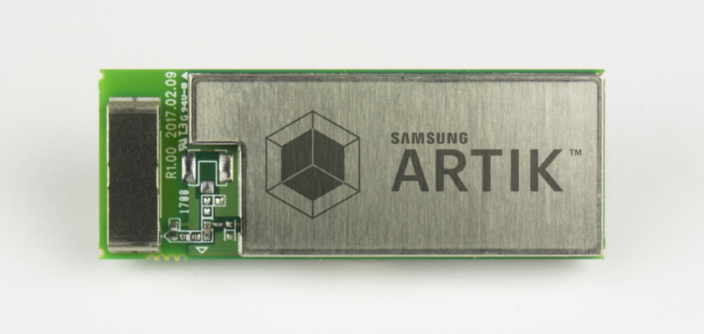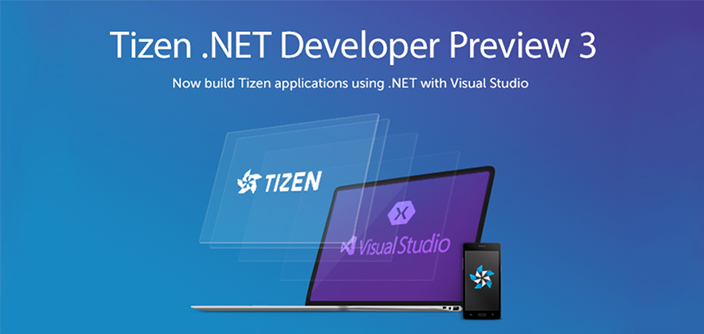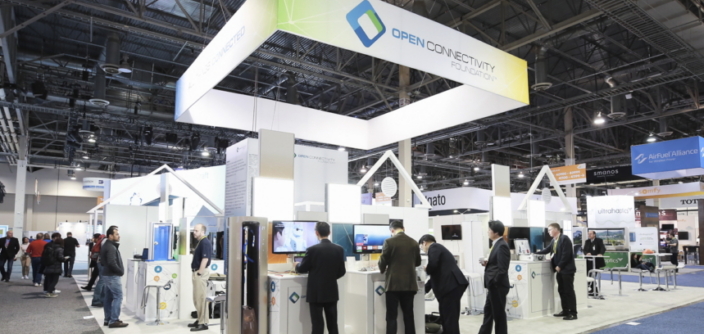[Interview] A Vision for Tizen: Tizen 4.0 and Samsung’s Ongoing Development of the Platform
on May 17, 2017
This week in San Francisco, the Tizen Developer Conference (TDC) 2017 is taking place, an annual gathering of industry leaders, as well as developers, service partners and others involved in the Tizen platform. As the main developer of Tizen, Samsung will be showcasing its latest advancements related to the OS, specifically Tizen 4.0, and several Samsung executives also presenting keynote speeches.
Today, we sit down with Hyogun Lee, Executive Vice President of Samsung Electronics and Chair of the Tizen Technical Steering Group, who will address at TDC what developers can expect to see in Tizen 4.0, as well as share his thoughts on Samsung’s ongoing vision for the platform.

Q. What was Samsung’s vision in developing Tizen 4.0? What do you see as its major progress over preceding versions?
Hyogun Lee: Even though the landscape of the IT industry keeps changing, we believe that OS platform technology is still essential to the innovation of products and services. In the age of IoT where everything is connected to the internet, there is a growing need to create something new, something smarter. And we don’t want to have limitations in doing that due to the framework, policy or business model of existing OS platforms. Our aim is to give more freedom and flexibility to developers.
In terms of Tizen 4.0, our key accomplishments have been to reinforce the Application Ecosystem through an easier development experience. And second, to create a Device Ecosystem to help any device maker create their own IoT device. In sum, the flexibility to configure and customize according to a variety of hardware requirements, and freedom to add new ideas into a well-established OS will allow device makers to develop whatever they have in mind, encouraging innovation. Because Tizen is an open source project, it will also benefit manufacturers other than Samsung.
Q. How has the industry and community of developers reacted to Samsung’s decision to open sources for Tizen?
Hyogun Lee: In general, they have welcomed the open sources decision. Because Tizen has been commercialized and has a record of sales growth, it has proven itself as the most successful Linux-based embedded OS in the world. Therefore, Tizen can be reused for other industries and communities as an open source platform. In addition, and towards the aim of doing business well, we have also been focusing on supporting companies who are working to commercialize Tizen products based on our own experiences.
Q. You make a key point that Tizen 4.0 extends the ecosystem of applications. Can you further elaborate on this?
Hyogun Lee: In Tizen 4.0, we are making several big investments such as introducing .NET as a new framework and offering design tool options such as Adobe XD. With .NET, Tizen developers can enjoy C#, the industry leading programming language and one of the richest standard libraries, and Visual Studio, the most loved IDE (Integrated Development Environment) currently available.
As a very tangible application, we will begin deploying .NET to Samsung TVs later this year. With .NET, Tizen developers will be able to build beautiful .NET apps fully leveraging Samsung TV’s various capabilities.

Q. Can you further describe what you mean when you say Tizen 4.0 is helping move towards a Device Ecosystem?
Hyogun Lee: In Tizen 4.0, we have begun working closely with partners to build the Tizen Device Ecosystem. In specific, we view configurability, updatability and IoT-readiness as the key features of the ecosystem. First, we are going to help any device maker create their own IoT devices using the PDK (Platform Development Kit) based on Configurable Tizen. Second, we are going to help device makers update their own IoT devices based on the Tizen Update Service. Finally, we are going to help device makers connect their own devices to OCF-Ready IoT Cloud like Samsung Connect.
Q. Can you give an update then on which Samsung devices are, and will be using Tizen?
Hyogun Lee: Including our smart TVs, the Z-Series smartphone, wearables and the Family Hub refrigerators, a wide range of Samsung devices are currently using Tizen. In the near future, more home appliances such as our Robot Cleaner, washing machines, air conditioners, and network speakers will be using Tizen.
Q. What efforts has Samsung been making to reinforce the safety of Tizen?
Hyogun Lee: We have been putting our best efforts into making the Tizen open source code more secure. For example, we are using static code analysis tools, tightening code review, and continuously monitoring the security vulnerabilities of Tizen and related open source software and patching them regularly. Some of these patches will be tightly coupled with the Tizen code review system, with our aim to prevent vulnerable code from being merged into the Tizen code base at the first step of development.
On a final note, it’s important to understand the Tizen open source itself is not the exact same code that goes into a product such as a TV. The product teams take the code from Tizen.org and adapt, optimize and secure it again based upon the specific needs of the product. This includes removing unused code paths, and manual penetration testing and hardening against specific known attack vectors. We believe this two-stage process helps us build a platform which is resilient against attacks that are relevant to the particular product.








